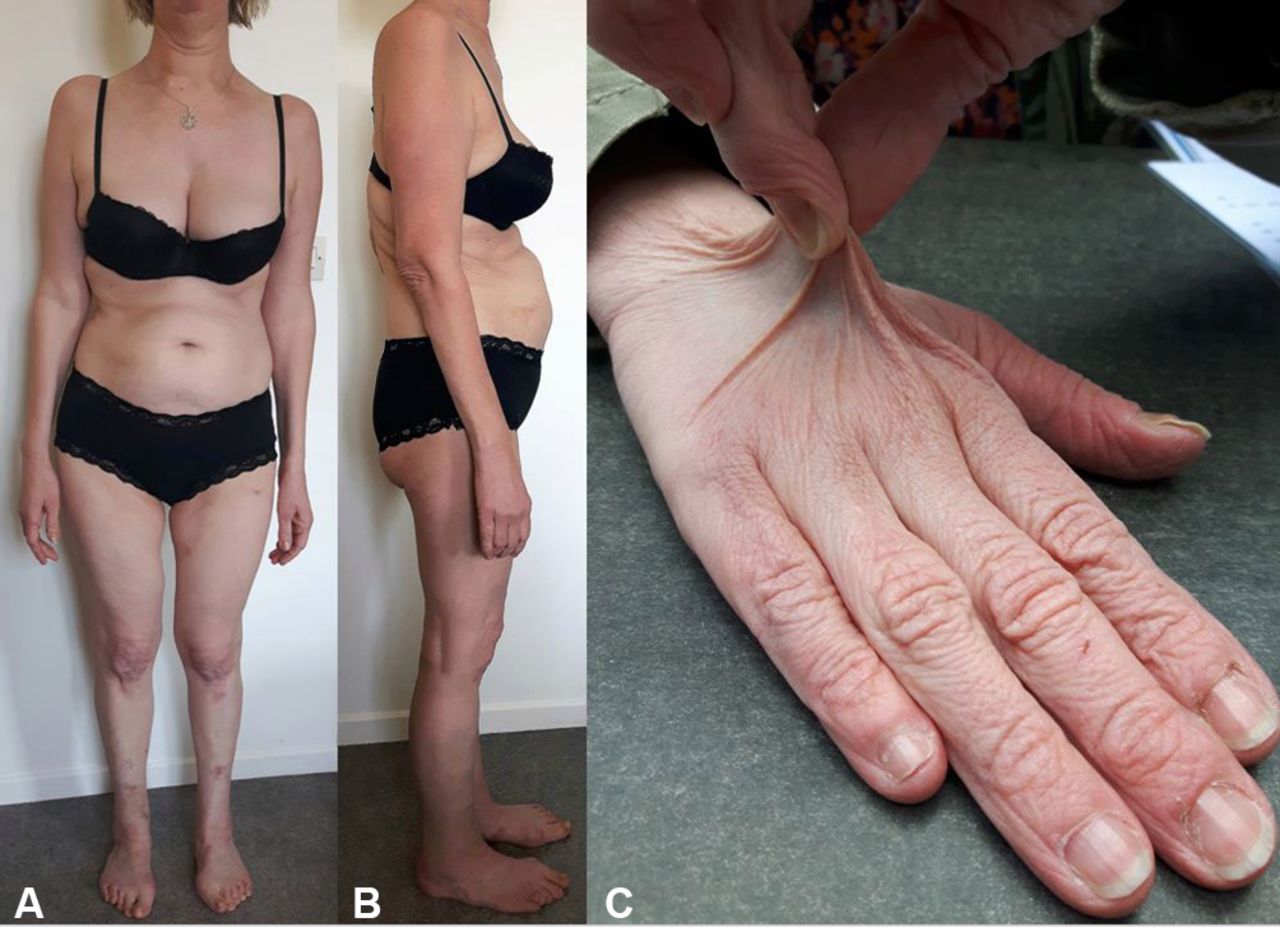
Kyphoscoliotic Ehlers-Danlos Syndrome (kEDS) is a rare genetic disorder that affects connective tissues, leading to a variety of symptoms. Characterized by severe curvature of the spine (kyphoscoliosis), this condition can cause joint hypermobility, fragile skin, and muscle weakness. People with kEDS often experience frequent dislocations and bruising due to the fragility of their tissues. Caused by mutations in the PLOD1 or FKBP14 genes, kEDS is inherited in an autosomal recessive manner, meaning both parents must carry the gene for their child to be affected. Understanding the complexities of kEDS can help in managing symptoms and improving quality of life. From genetic testing to physical therapy, various approaches are used to support those living with this challenging condition.
Key Takeaways:
- Kyphoscoliotic Ehlers-Danlos Syndrome (kEDS) is a rare genetic disorder affecting connective tissues, causing symptoms like scoliosis, fragile skin, and eye problems. Early diagnosis and treatment can help manage the condition and improve quality of life.
- Living with kEDS requires ongoing care, support, and access to treatments like physical therapy, bracing, and regular monitoring by healthcare providers. Research into gene therapy and collagen production offers hope for future advancements in managing kEDS.
What is Kyphoscoliotic Ehlers-Danlos Syndrome?
Kyphoscoliotic Ehlers-Danlos Syndrome (kEDS) is a rare genetic disorder that affects connective tissues. This condition can lead to a variety of symptoms, primarily impacting the skin, joints, and blood vessels. Understanding kEDS can help those affected manage their symptoms better.
- Kyphoscoliotic Ehlers-Danlos Syndrome is one of the 13 subtypes of Ehlers-Danlos Syndrome.
- kEDS is caused by mutations in the PLOD1 or FKBP14 genes.
- The syndrome is inherited in an autosomal recessive manner, meaning both parents must carry the gene mutation.
- Symptoms often appear in infancy or early childhood.
- kEDS is characterized by severe muscle weakness and hypotonia (reduced muscle tone).
Symptoms of Kyphoscoliotic Ehlers-Danlos Syndrome
The symptoms of kEDS can vary widely from person to person. However, there are several common signs that can help in identifying the condition.
- Progressive scoliosis, a sideways curvature of the spine, is a hallmark of kEDS.
- Hypermobile joints, which move beyond the normal range, are common in individuals with kEDS.
- Fragile skin that bruises easily is another symptom.
- People with kEDS often have atrophic scars, which are sunken and discolored.
- Eye problems, such as myopia (nearsightedness) and retinal detachment, can occur.
Diagnosis of Kyphoscoliotic Ehlers-Danlos Syndrome
Diagnosing kEDS involves a combination of clinical evaluation, family history, and genetic testing. Early diagnosis can lead to better management of the condition.
- Genetic testing can confirm mutations in the PLOD1 or FKBP14 genes.
- A physical examination can reveal hypermobile joints and skin fragility.
- Family history is crucial, as kEDS is inherited.
- Imaging tests like X-rays can show the extent of scoliosis.
- Biochemical tests can measure enzyme activity related to collagen production.
Treatment and Management of Kyphoscoliotic Ehlers-Danlos Syndrome
While there is no cure for kEDS, various treatments can help manage symptoms and improve quality of life.
- Physical therapy can strengthen muscles and improve joint stability.
- Bracing may be used to manage scoliosis and prevent further curvature.
- Surgery might be necessary for severe scoliosis or other complications.
- Regular eye exams are important to monitor and treat eye problems.
- Pain management strategies, including medications and lifestyle changes, can help alleviate discomfort.
Living with Kyphoscoliotic Ehlers-Danlos Syndrome
Living with kEDS requires ongoing care and support. Understanding the condition can help individuals and families cope better.
- Support groups can provide emotional and practical support.
- Genetic counseling can help families understand the risks and implications of kEDS.
- Adaptive devices, such as braces or wheelchairs, can improve mobility.
- Regular monitoring by a multidisciplinary team of healthcare providers is essential.
- Education about the condition can empower individuals to advocate for their needs.
Research and Future Directions
Research into kEDS is ongoing, with the aim of improving diagnosis, treatment, and understanding of the condition.
- Scientists are exploring gene therapy as a potential treatment for kEDS.
- Research into collagen production and its role in kEDS is ongoing.
- Clinical trials are testing new medications and therapies for symptom management.
- Patient registries and databases are helping researchers gather more information about kEDS.
- Increased awareness and funding for kEDS research can lead to better outcomes for those affected.
Final Thoughts on Kyphoscoliotic Ehlers-Danlos Syndrome
Kyphoscoliotic Ehlers-Danlos Syndrome (kEDS) is a rare genetic disorder that affects connective tissues, leading to symptoms like joint hypermobility, skin fragility, and severe scoliosis. Understanding these facts helps in recognizing the signs early, which is crucial for managing the condition effectively. Regular check-ups, physical therapy, and sometimes surgical interventions can improve the quality of life for those affected. Awareness and education about kEDS are vital for early diagnosis and better treatment options. Sharing this knowledge can make a significant difference in the lives of patients and their families. If you or someone you know shows symptoms of kEDS, consult a healthcare professional for a thorough evaluation. Stay informed, stay proactive, and support those living with this challenging condition.
Frequently Asked Questions
Was this page helpful?
Our commitment to delivering trustworthy and engaging content is at the heart of what we do. Each fact on our site is contributed by real users like you, bringing a wealth of diverse insights and information. To ensure the highest standards of accuracy and reliability, our dedicated editors meticulously review each submission. This process guarantees that the facts we share are not only fascinating but also credible. Trust in our commitment to quality and authenticity as you explore and learn with us.
